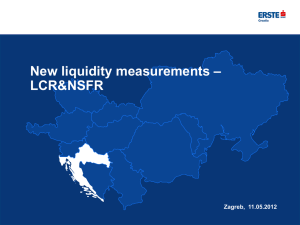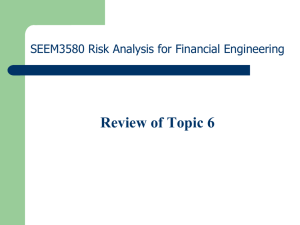TCF-set 7 - Princeton University Press
advertisement
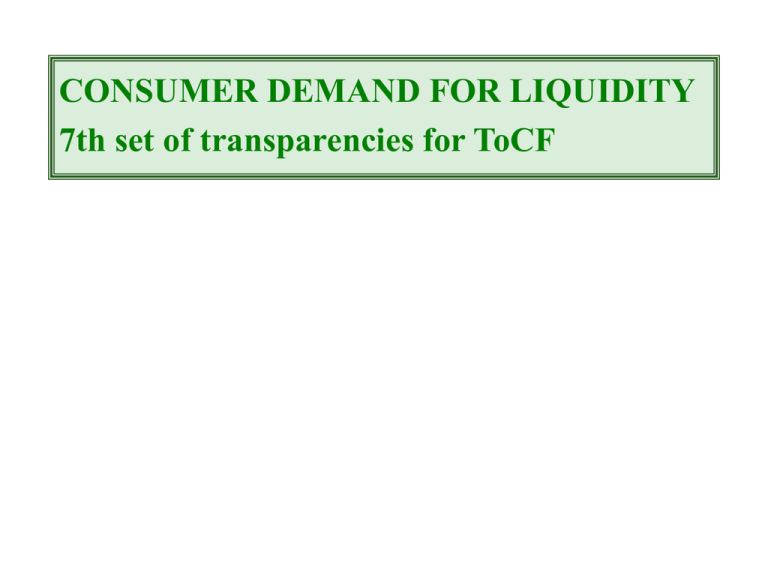
CONSUMER DEMAND FOR LIQUIDITY 7th set of transparencies for ToCF Consumers, like firms, may face liquidity shocks. 3 topics: I. Financial institutions as liquidity pools: fundamental (no self-provision) insurers (flatten term structure to reduce cost of impatience): more fragile! II. Runs III. Heterogenous consumers and security design. 2 I. DIAMOND-DYBVIG (1983) - MODEL AND VARIANTS Consumer demand: 3 Technological yield curve with (no dominance) Technological yield curve: Self-provision of liquidity is inefficient Intuitions: hoarding liquidity is costly, liquidity is wasted if no liquidity shock. Example: AUTARKY (Strong form: no financial markets at date 1, not only lack of planning at date 0). 4 either or Social optimum match maturities with consumptions if independent shocks 5 not optimal to perfectly insure CRRA 1 cu' decreasing Flattening of the yield curve. 6 IMPLEMENTATION (1) Deposit contract: can withdraw at date 1 or at date 2 (assume can be verified. See below). (2) Mutual fund invests Impatients consume [i1+p] dividend i1 at date 1. ( p = resale price) 7 Patients get Not true for more general preferences mutual fund equalizes only MRS; more conditions. 8 JACKLIN CRITIQUE General theme: markets conflict with optimal insurance. Here: bypass. Invest if patient: if impatient: resell to patient depositors (who then withdraw ). With can buy (%) of value R back to technological yield curve DD INSURANCE INCOMPATIBLE WITH EXISTENCE OF FINANCIAL MARKETS TO WHICH AGENTS HAVE ACCESS. 9 COMPARISON WITH CORPORATE LIQUIDITY DEMAND Analogies: insurance against liquidity shocks liquidity costly to create: return on ST investment < return on LT investment need right hoarding + dispatching autarky given strong meaning (no trading of claims in financial markets), incompatibility with financial markets, consumer’s LT claim fully pledgeable. VARIANTS Differences: (a) OLG: could have i1 = 0 (liquidity newcomers) Not IC, though: flat yield curve 10 (b) Macroshocks: Hellwig 1994 on interest rate shocks. II. RUNS Suppose Preferences : if patient, if impatient (but has access to storage technology 1 1 between dates 1 and 2). Suppose now receives withdraw ( is an equilibrium) if withdraws, if does not. 11 ANTI-RUN POLICIES suspension of convertibility, credit line, LOLR, interbank and other liquidity markets. 12 III. HETEROGENEOUS CONSUMER HORIZONS: GORTON - PENNACCHI (1990) Consumers have different probabilities of experiencing shock. DD with 3 twists: (1) R uncertain ( (2) or ) not commonly observed at date 1. random and unobservable ( or ) “Potential liquidity traders” () “LT investors” (1-) 13 To simplify, 2 states (3) Speculator (preferences shares. ) : learns state at date 1, can buy SUPPOSE ISSUE EQUITY order flow in state L: order flow in state H: full pooling loss per potential liquidity trader = price discount (no such discount if only LT investors buy). 14 DEBT AS A LOW INFORMATION INTENSITY SECURITY if Discussion. 15



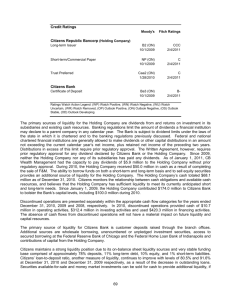


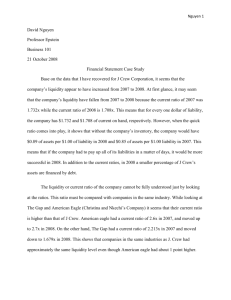
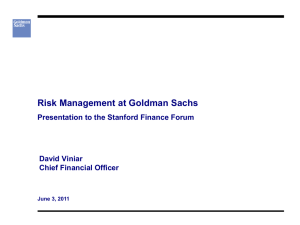

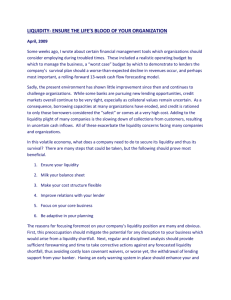
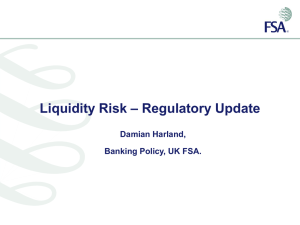

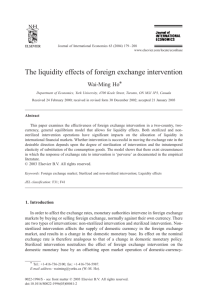
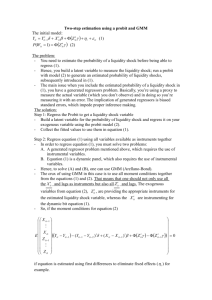
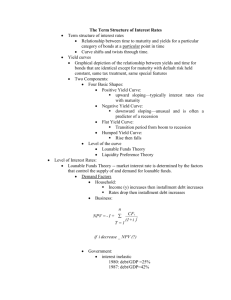
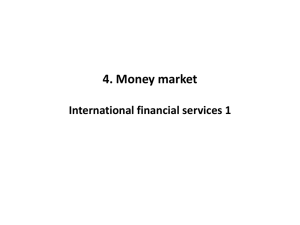
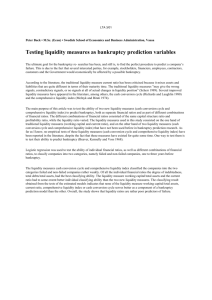
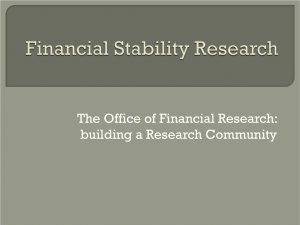
![IRE [Memo]](http://s3.studylib.net/store/data/007356460_1-1fb99c49c428cbd7ce1671692c64b21f-300x300.png)
